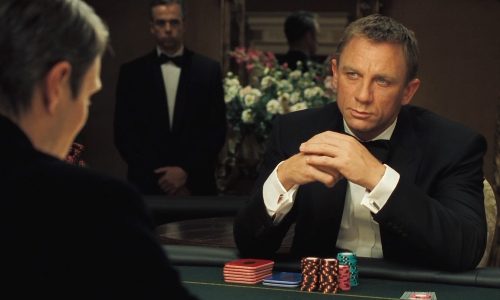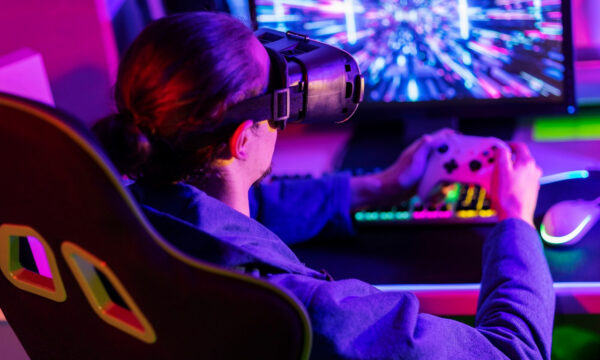What are “hold and win” mechanics in arcade and mechanical games?

The “hold and win” mechanic is a feature commonly seen in mechanical and arcade-style games, where players are given the opportunity to retain or “lock” specific elements on screen or within the game’s physical interface. This mechanic, originally inspired by classic pinball flippers and early reel machines, offers the chance to increase scoring potential by maintaining advantageous symbols, lights or positions over a series of actions.
By allowing for a more active role in outcomes, the mechanic enhances engagement and transforms the gameplay experience into something more tactile and strategic. This type of interactivity is becoming increasingly common across retro-inspired arcade cabinets and modern digital reimaginings of mechanical gameplay, appealing to those who value control and immersion.
Platforms offering 888starz partners programmes showcase a wide range of entertainment experiences that integrate this mechanic into themed, dynamic games designed for long-term enjoyment and skill development.
Understanding the “hold and win” mechanic
The core of the mechanic lies in its ability to freeze or hold certain in-game features in place while the rest of the game continues. This may take the form of fixed lights in an arcade cabinet, retained scoring multipliers in a flipper-based setup or locked visual elements in digital interpretations of mechanical systems.
In classic machines, this might resemble a bonus round where lit bumpers stay activated for a number of turns, providing more ways to accumulate points. In newer experiences, digital reel-based sequences can emulate the same sensation of retaining progress or bonuses for a timed reward. The result is an elevated level of strategy, requiring players to think about when and what to hold for maximum benefit.
The origins and development of the mechanic
Mechanics resembling ‘Hold and Win’ date back to the mid-20th century, particularly within electromechanical pinball and early fruit machines – not in gambling contexts, but in family amusement arcades. These machines introduced features that rewarded skill-based interactions, such as nudging, holding a reel or keeping a bumper active after scoring thresholds.
As digital arcade systems evolved, developers began reintroducing these tactile features in hybrid or virtual environments. Studios like Playson and Pragmatic Play have adapted the spirit of this mechanic into their gameplay design – not for betting, but for enhancing interactivity in gaming-focused experiences. These designs build on nostalgic motifs while offering dynamic, feedback-rich engagement.
Key features of the ‘hold and win’ experience
The following elements define many ‘Hold and Win’-inspired arcade and mechanical-style games:
Sticky Lights or Elements: Once triggered, certain lights or bonuses remain active for a fixed duration, improving scoring opportunities
Bonus Sequences: Unlocked after meeting specific conditions, allowing held elements to build cumulative rewards
Incremental Scoring: Rather than restarting from zero, players can lock in progress and build across multiple plays
Modern titles on entertainment platforms often emulate these features to encourage skill-based interaction and keep the gameplay loop fresh and rewarding.
Why it resonates with enthusiasts
For those drawn to tactile, reactive gaming, ‘Hold and Win’-style features offer a sense of mastery. Being able to retain control of certain elements – be it flippers, bonus counters or digital equivalents – means each decision has an impact. This moves gameplay away from mere repetition and into a more strategic space.
Combined with engaging visuals and timed challenges, these mechanics create experiences that feel layered and intentional, suited to hobbyists and casual players alike who enjoy progressive goals within a single session.
Influence on modern gaming strategy
The mechanic fosters a shift from reactive play to calculated action. Deciding when to hold a light sequence, delay a bumper reset or maintain a multiplier becomes part of the tactical process. In arcade tournaments and high-score challenges, these choices often determine leaderboard success.
It has also influenced the design of many digital games across genres, where interactive loops mimic the same idea – holding progress to amplify reward. This echoes a broader movement in game design focused on agency, timing and pattern recognition.
Popular games featuring ‘hold and win’-style design
Some well-regarded titles that embrace these concepts include:
Playson’s Royal Lights Challenge – Classic arcade styling with retained light sequences and bonus chimes activated by successive high scores
Microgaming’s Chrono Flip – A time-based digital arcade experience where frozen wheels build towards a precision-based jackpot score
Pragmatic Play’s Rhino Run: Arcade Edition – A side-scroller with reel-based mini-games and locked scoring icons for chained bonuses
These games take cues from traditional mechanical design while integrating modern visuals and fast-paced interactions, creating accessible yet deep experiences that appeal across demographics.
The editorial unit

























Facebook
Twitter
Instagram
YouTube
RSS